Where to see the rare forest owlet in India: 7 top destinations for birdwatchers |

Once thought to be extinct for over a century, the forest owlet (Heteroglaux blewitti) was dramatically rediscovered in 1997 in the heart of India’s forests. Since then, it’s remained one of the rarest and most elusive birds in the country, seen only in a handful of locations, mostly in Maharashtra and central India. If you’re lucky (and patient), here are seven places where you stand the best chance of spotting this critically endangered species in its natural habitat.
7 destinations to spot the forest owlet from
Melghat Tiger Reserve , Maharashtra

Melghat is the forest owlet capital of India. Located in the Satpura hills, its dry deciduous forests with open canopies and mature teak trees make it the perfect habitat. Most guided birdwatching tours here are centred around early morning safaris, your best bet at catching the owlet perched near tree cavities or calling out.
Tansa Wildlife Sanctuary, Maharashtra

Surprisingly close to Mumbai, Tansa has emerged as a stronghold for the forest owlet in recent years. Spotted here since 2014, the bird thrives in the teak, sal forests just 90 km from the city. It’s ideal for weekend birders and photographers hoping for a rare sighting without venturing too far into the wild.
Toranmal and Taloda regions, Maharashtra
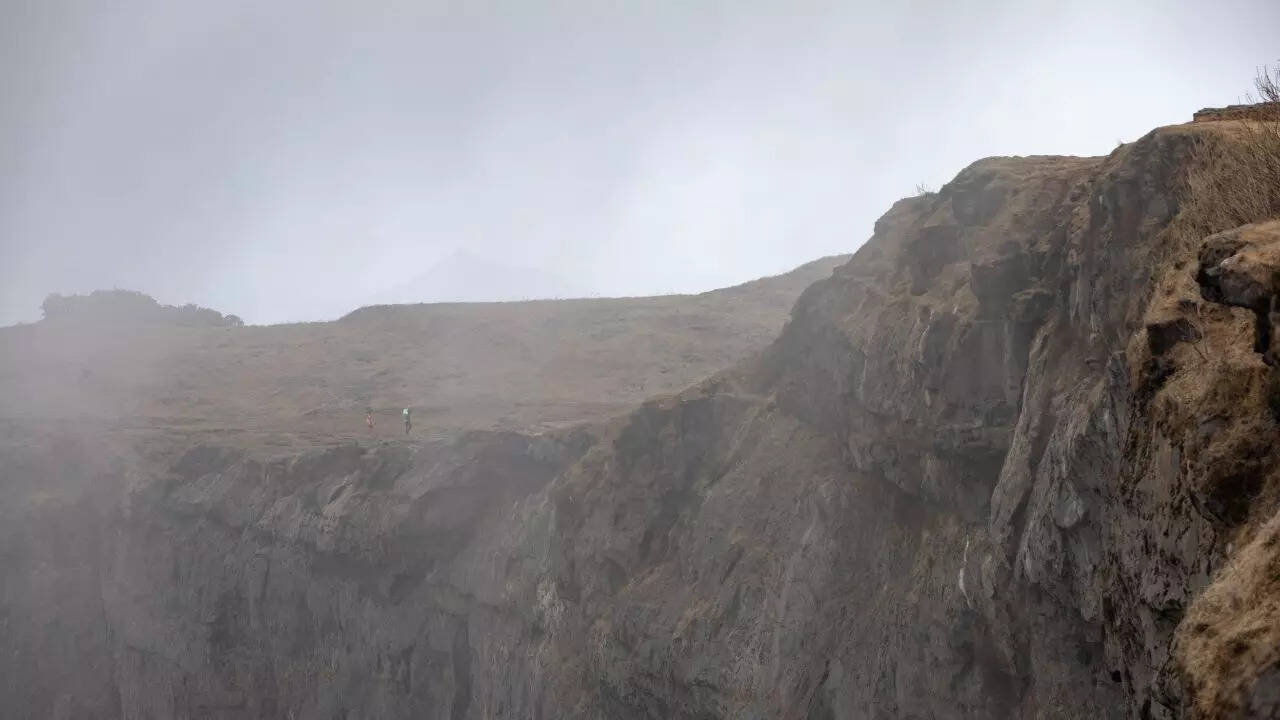
Remote and less commercial, the Toranmal plateau and the Taloda forest division in north Maharashtra are home to scattered populations of forest owlets. The habitat here is patchy, and sightings are trickier but with a good guide and some luck, you could witness these birds nesting or foraging in quiet teak groves.
Purna Wildlife Sanctuary, Gujarat

This small sanctuary in south Gujarat marks the western edge of the forest owlet’s known range. Sightings are rare here, but important. If you’re up for the challenge, Purna offers a chance to explore lesser-known terrain while contributing to citizen science and regional bird data.
Burhanpur, Madhya Pradesh
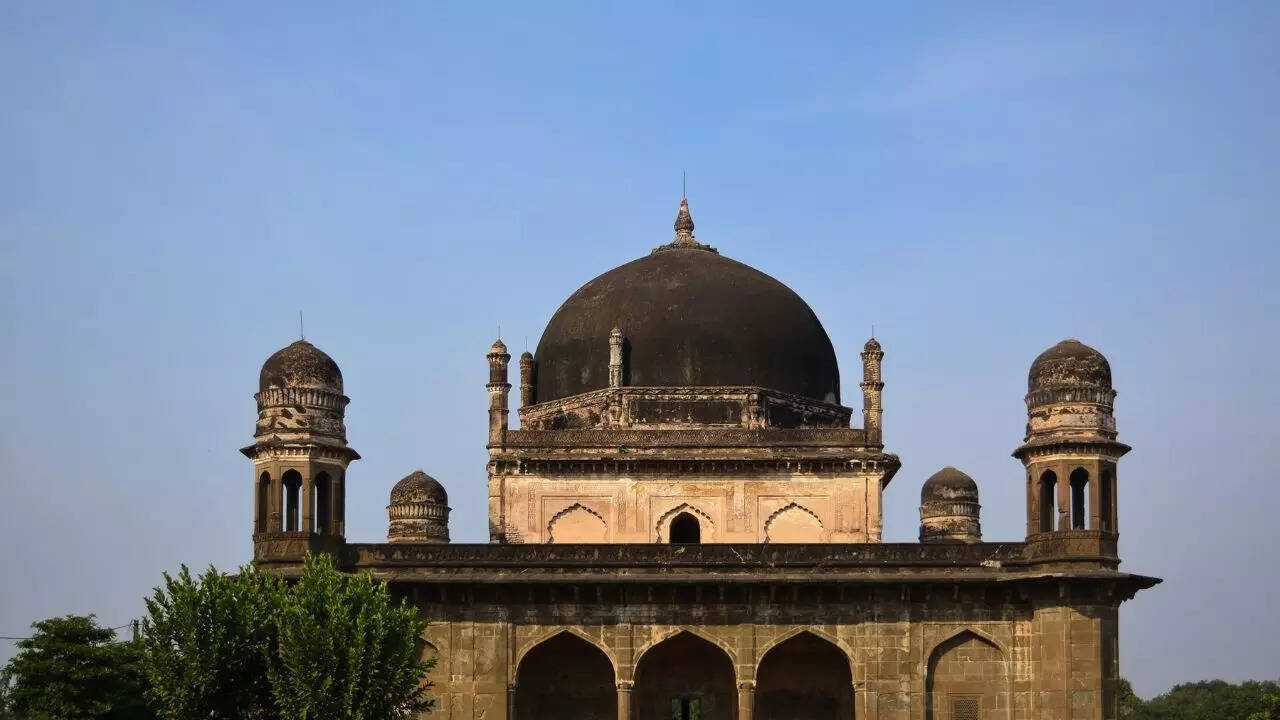
The teak-heavy forests around Burhanpur have recorded sightings of the forest owlet during official surveys. It’s not a popular birding spot yet, which means fewer crowds and more raw wilderness. Great for off-the-grid explorers looking to document one of India’s most mysterious birds.
Betul, Madhya Pradesh
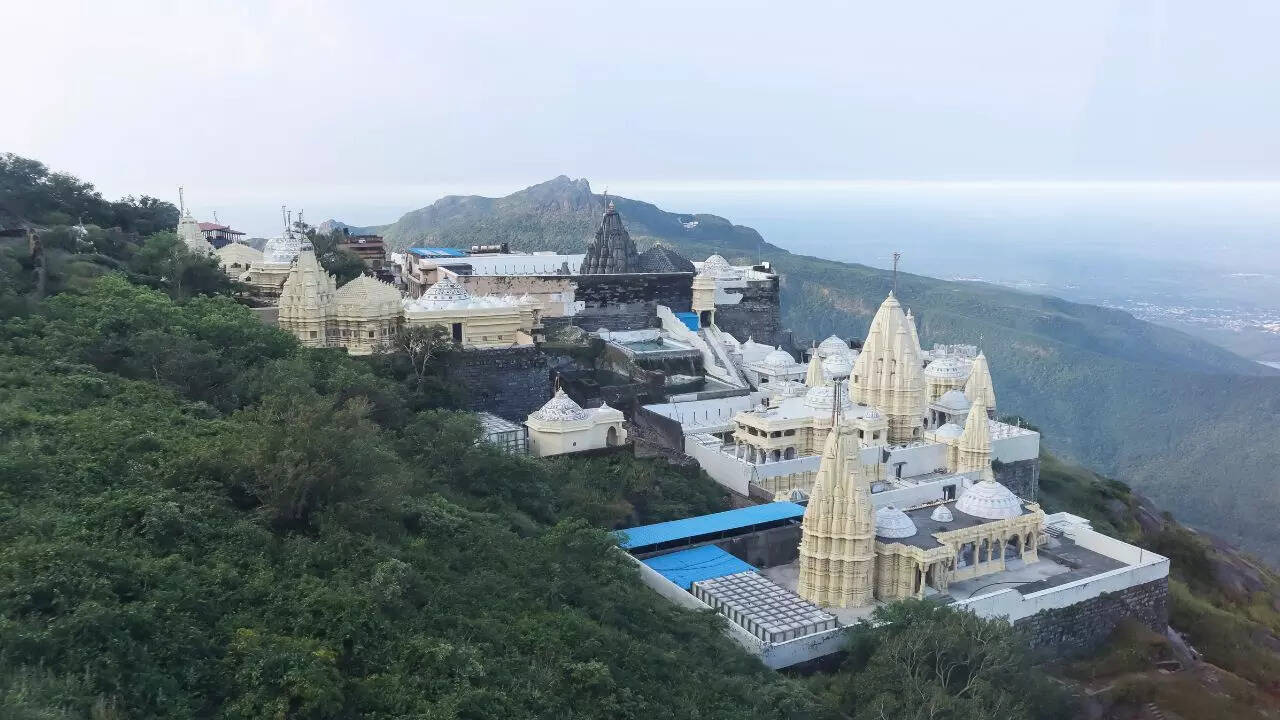
Close to Burhanpur, the forests of Betul also host small populations. The terrain here is similar, dry deciduous forest with mature tree cover and sightings often happen near forest rest houses or on early morning drives. Betul is still underexplored in birding circles, which makes it an exciting frontier.
Nandurbar Forest Division, Maharashtra
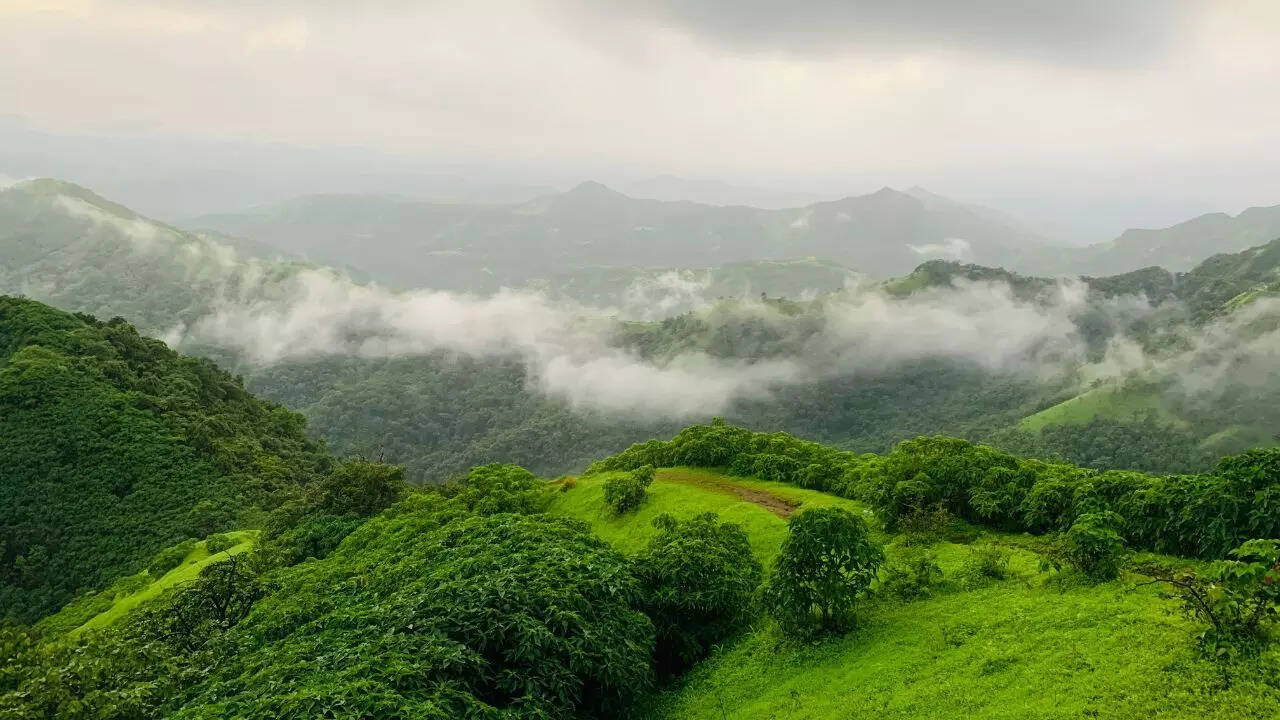
Part of the broader forest range near Toranmal, this region has also yielded confirmed sightings in recent years. Forest owlets prefer older trees with natural cavities, and this area’s relatively undisturbed patches give them just that. It’s remote, quiet, and ideal for serious birders.
Why the forest owlet matters
- Once declared extinct: After disappearing in the 1880s, the forest owlet was presumed extinct for over 100 years until its rediscovery in 1997 by American ornithologist Pamela Rasmussen in Melghat.
- Critically endangered: There are fewer than 1,000 individuals left in the wild, found only in isolated pockets across Maharashtra, Madhya Pradesh and Gujarat.
- Habitat-sensitive: It thrives only in specific types of dry deciduous forests, especially with old teak trees that offer the cavities it needs to nest.
Tips for spotting a forest owlet
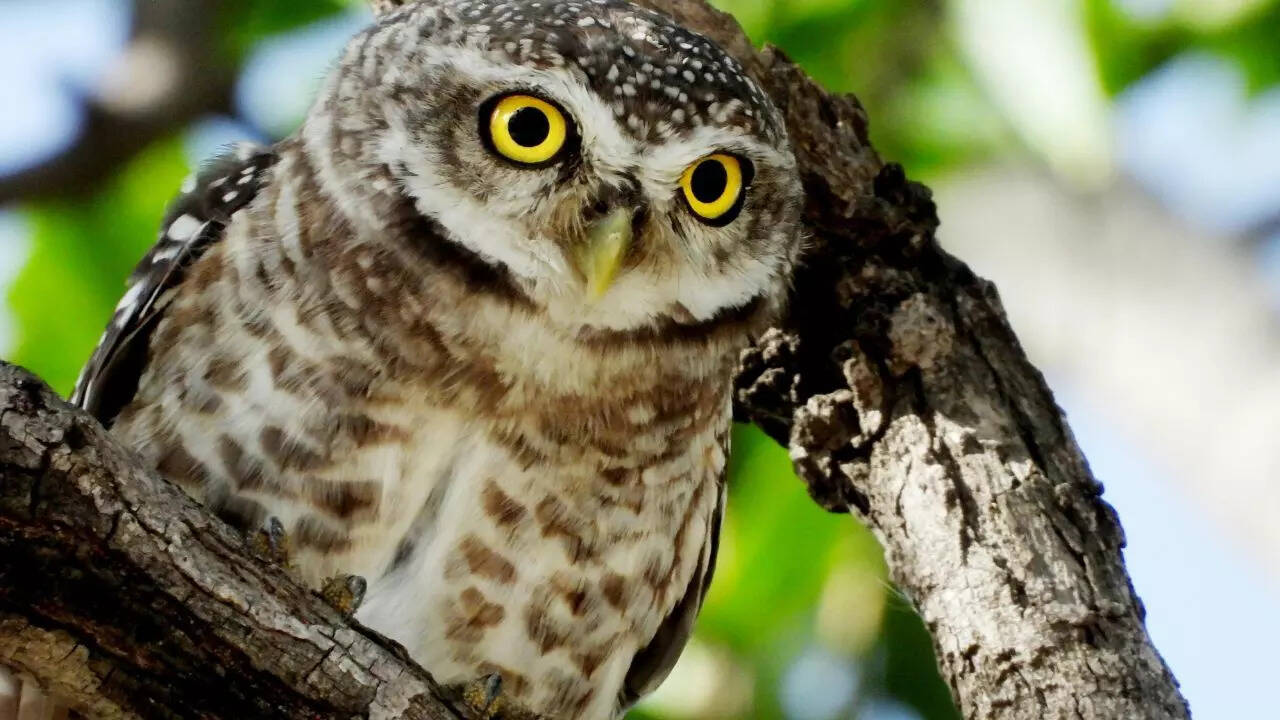
- Best time to visit: October to March, when the weather is pleasant and the birds are most active.
- Go early: Like many owls, the forest owlet is most vocal and visible at dawn and dusk.
- Hire a local guide: These forests can be dense, and the owlet is tiny and well-camouflaged.
- Respect the habitat: No flash photography, no loud noises, and no off-trail wandering near nest areas.
- Be patient: Even in high-probability zones, you might need several hours or days before you see one.
The forest owlet is more than just a rare bird, it’s a conservation symbol, a comeback story, and a testament to India’s biodiversity. From the famed Melghat Tiger Reserve to the lesser-known forests of Betul and Taloda, these seven destinations offer a shot at seeing one of India’s most elusive creatures. Just remember: the best sightings come with patience, respect, and a love for the wild.Also read| Planning a trip to South India with family? 7 must-visit destinations








